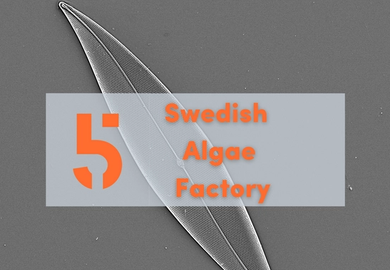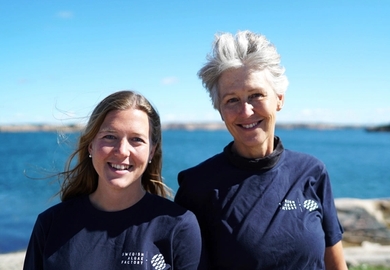What is the Solution?
By extracting material from an algae group called Diatoms, Swedish Algae Factory is making useful material from something that eats CO2. These types of microalgae eat CO2 to grow, and are a regenerative, CO2 negative resource that is replacing fossil-based resources from the petroleum industry. As the algae are naturally designed for efficient uptake of visible light, blockage of UV light and uptake, as well as release and blocking of chemical substances there are multiple application areas. Branded under the name Algica, the uniquely structured mesoporous silica material is used as an ingredient in the skin care industry, replacing ingredients that are bad for the ecosystems and our health. Algica is an efficient moisturiser, cleanser, sensory modifier, anti-pollution agent and SPF booster.
Research has also shown that Algica can increase the efficiency of solar panels up to approximately 36 percent, depending on the specific solar cell technology. Since UV radiation is degrading solar panels, Algica will also reduce degradation of solar panels over time. Algica can also be used to increase the time a battery charge lasts by increasing the anode capacity of batteries. In lab tests the specific capacity of batteries have been doubled using Algica.
Swedish Algae Factory has created a circular production process, converting emissions from carbon dioxide, nitrogen, and phosphorus into valuable products. By using nutrient-rich water from a food industry located nearby the company on the west coast of Sweden, nutrients that otherwise would be mined or produced in energy intensive processes, are recycled. The organic biomass that remains after the extraction of Algica is today used to produce energy and fertilisers, but can in the future also be used for feed and food. After the nutrient-rich water has passed the facility, cleaner water can be transferred back to the food industry. Swedish Algae Factory’s goal is to be a world-leading producer of advanced materials from algae and a driving force towards a circular and bio-based industry.


